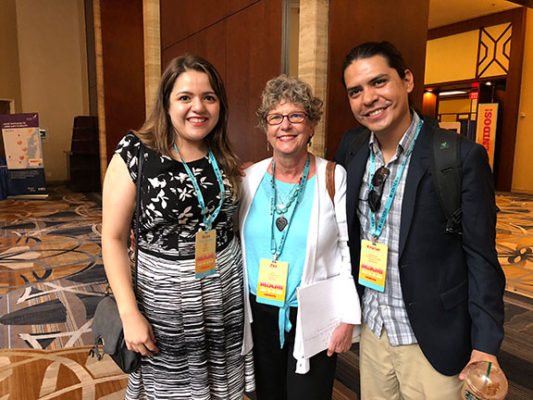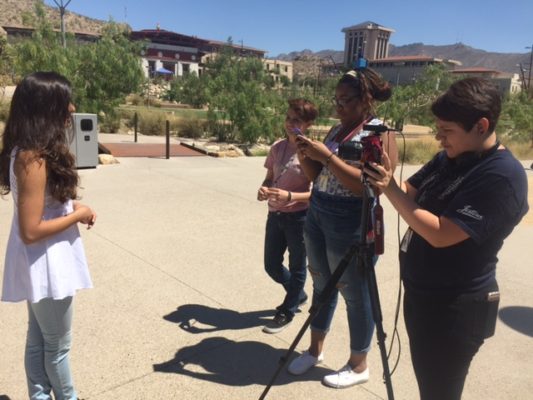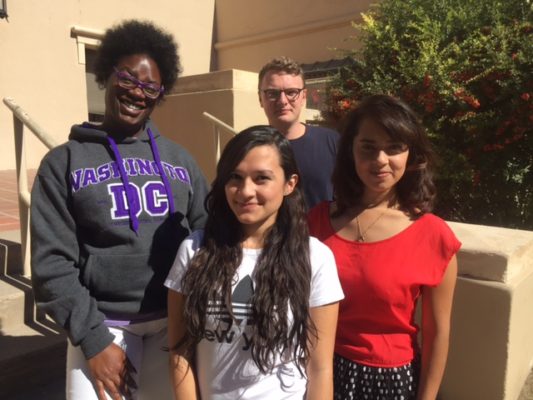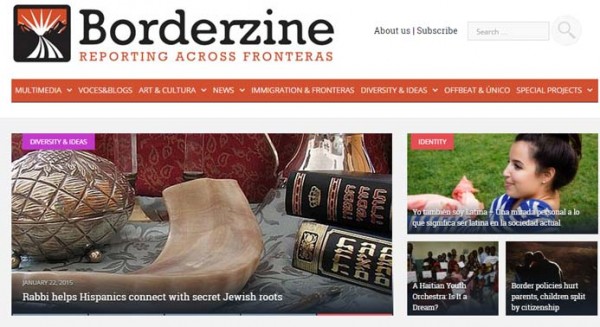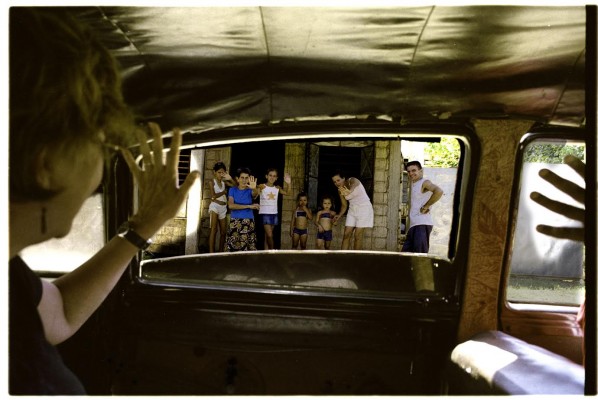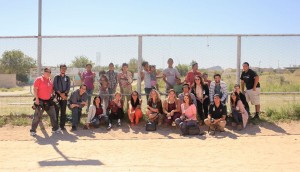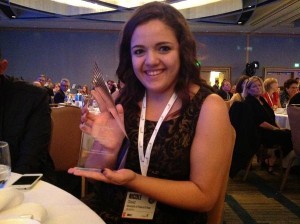A Borderzine appeal, a so long, but not a final adios as other newsroom causes beckon
|
Dear friend,
I write today to personally request your continued support for Borderzine by participating in our year-end NewsMatch campaign that doubles your contributions to support student-produced border journalism. I’d also like to share a bit of personal news. Some of our recent journalism graduates already are making a difference, thanks to your support over the years. You may have seen them or read their bylines at news outlets like The Washington Post, ESPN, Texas Monthly, Dallas Morning News, Al Dia, Politico and Univision, among other notable media outlets. Last summer during the horrific mass shooting at an El Paso Walmart, it was gratifying to watch some recent journalism graduates and current students on the ground in the parking lot asking questions and reporting alongside the pros from CNN, Telemundo, The New York Times, and Washington Post.


